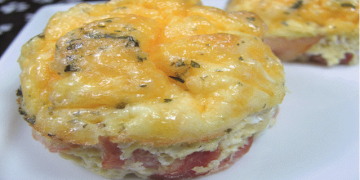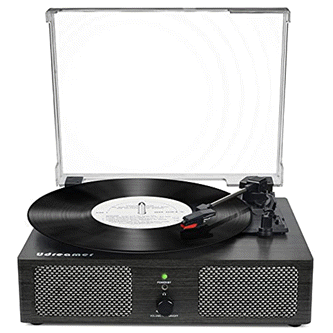2025-03-21 08:00:00
phys.org

Quantum computers, devices that process information leveraging quantum mechanical effects, could outperform classical computers in some complex optimization and computational tasks. However, before these systems can be adopted on a large-scale, some technical challenges will need to be overcome.
One of these challenges is the effective connection of qubits, which operate at cryogenic temperatures, with external controllers that operate at higher temperatures. Existing methods to connect these components rely on coaxial cables or optical interconnects, both of which are not ideal as they introduce excessive heat and noise.
Researchers at the Massachusetts Institute of Technology (MIT) recently set out to overcome the limitations of these approaches for connecting qubits and controllers, addressing common complaints about existing connecting cables. Their paper, published in Nature Electronics, introduces a new wireless terahertz (THz) cryogenic interconnect based on complementary metal-oxide semiconductor (CMOS) technology, which was found to minimize heat in quantum processors while effectively transferring quantum information.
“In a quantum computer, the total power budget at cryogenic temperatures is very limited,” Jinchen Wang, first author of the paper, told Phys.org. “The logic is that if the system inside becomes too hot, it cannot remain cool even if millions of watts are expended outside. However, each microwave cable connecting room-temperature electronics to the cryogenic system core introduces an unwanted passive heat flow of approximately 1 mW. A 50-qubit Google quantum computer has more than 500 microwave cables to deliver control signals and receive readout data, making it unscalable.”
To realize their full potential, quantum systems should integrate tens of thousands or even millions of qubits, which is highly impractical, if not entirely unfeasible, using existing microwave cables. Wang and his colleagues set out to overcome this challenge using a wireless link that delivers control signals and receives readout data, while introducing no passive heat load.
“Since the space inside a quantum computer is a vacuum, it serves as an ideal thermal insulator,” explained Wang. “Technically, any wireless data transceiver can work. However, antenna size is inversely proportional to frequency. To ensure the antenna is small enough to be placed in the cryogenic station, we need to increase the wireless frequency to 200–300 GHz. This presents a significant challenge because generating a THz signal locally in the cryogenic station is not feasible due to low DC-to-THz efficiency.”
To solve this problem, the researchers employed a technique known as backscatter communication. Essentially, instead of generating power-hungry THz sources inside a quantum processor’s cryogenic station, they placed them outside it at room temperature, where they do not impact power consumption.
“The THz beam is then sent as a carrier wave into the cryogenic station, where it is modulated with the readout data from the quantum system core and reflected back,” said Wang. “This enables transceiver communication without burning excessive power—resembling how a mirror reflects light. Additionally, we incorporate techniques such as cross-polarization—where the uplink and downlink share the same antenna but use different polarizations to save space—and a cold-FET THz detector, a passive THz detector with zero power consumption, to further optimize our design.”
The wireless terahertz cryogenic interconnect system designed by the researchers is still at its early stages of development. Nonetheless, in initial tests, it was found to outperform a commercial microwave cable with I/O drivers (pJ/bit), yielding an energy efficiency of 34 fJ/bit for the downlink and 200 fJ/bit for the uplink.
In the future, the approach proposed by Wang and his colleagues could contribute to the large-scale deployment of quantum computers, making them easier to upscale. Notably, the newly developed wireless interconnect is also affordable and can be manufactured using standard, commercially available CMOS technology.
“In our paper, we theoretically proved that a THz link is one of the most promising techniques for data transmission in this scenario,” added Wang. “We now plan to design a multi-channel THz data link with a THz phased array outside of the cryo-station to get rid of the bulky THz horn antenna we used in this project. It will further reduce the radiative heat load and increase the scalability. We anticipate that our efforts will contribute to a real quantum computing system in four to eight years.”
More information:
Jinchen Wang et al, A wireless terahertz cryogenic interconnect that minimizes heat-to-information transfer, Nature Electronics (2025). DOI: 10.1038/s41928-025-01355-9
© 2025 Science X Network
Citation:
Wireless terahertz cryogenic interconnect minimizes heat-to-information transfer in quantum processors (2025, March 21)
retrieved 21 March 2025
from https://phys.org/news/2025-03-wireless-terahertz-cryogenic-interconnect-minimizes.html
This document is subject to copyright. Apart from any fair dealing for the purpose of private study or research, no
part may be reproduced without the written permission. The content is provided for information purposes only.
Enjoy the perfect blend of retro charm and modern convenience with the Udreamer Vinyl Record Player. With 9,041 ratings, a 4.3/5-star average, and 400+ units sold in the past month, this player is a fan favorite, available now for just $39.99.
The record player features built-in stereo speakers that deliver retro-style sound while also offering modern functionality. Pair it with your phone via Bluetooth to wirelessly listen to your favorite tracks. Udreamer also provides 24-hour one-on-one service for customer support, ensuring your satisfaction.
Don’t miss out—get yours today for only $39.99 at Amazon!
Help Power Techcratic’s Future – Scan To Support
If Techcratic’s content and insights have helped you, consider giving back by supporting the platform with crypto. Every contribution makes a difference, whether it’s for high-quality content, server maintenance, or future updates. Techcratic is constantly evolving, and your support helps drive that progress.
As a solo operator who wears all the hats, creating content, managing the tech, and running the site, your support allows me to stay focused on delivering valuable resources. Your support keeps everything running smoothly and enables me to continue creating the content you love. I’m deeply grateful for your support, it truly means the world to me! Thank you!
|
BITCOIN
bc1qlszw7elx2qahjwvaryh0tkgg8y68enw30gpvge Scan the QR code with your crypto wallet app |
|
DOGECOIN
D64GwvvYQxFXYyan3oQCrmWfidf6T3JpBA Scan the QR code with your crypto wallet app |
|
ETHEREUM
0xe9BC980DF3d985730dA827996B43E4A62CCBAA7a Scan the QR code with your crypto wallet app |
Please read the Privacy and Security Disclaimer on how Techcratic handles your support.
Disclaimer: As an Amazon Associate, Techcratic may earn from qualifying purchases.





































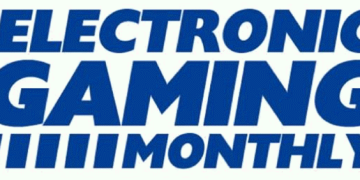

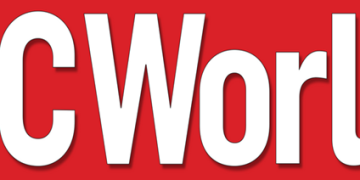
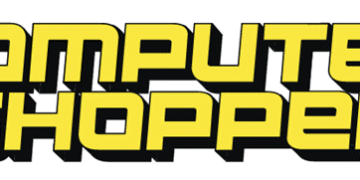

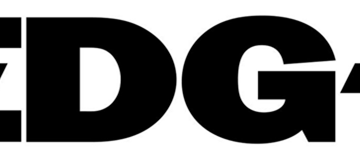
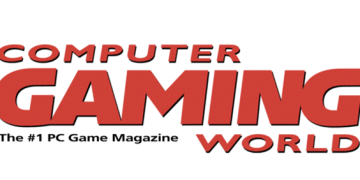







![[SWTT] Generative Art NFT Tutorial](https://techcratic.com/wp-content/uploads/2025/07/1752552896_maxresdefault.jpg)















